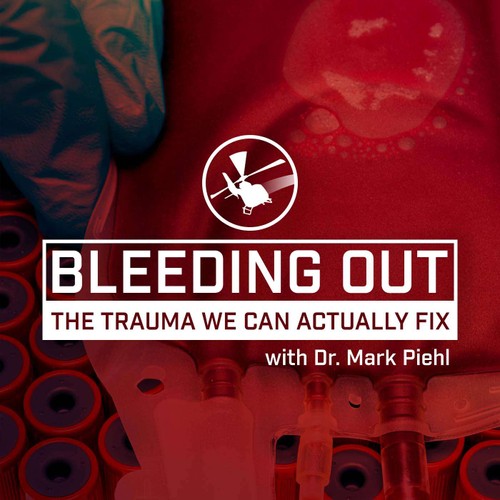
 The FlightBridgeED Podcast
The FlightBridgeED Podcast Bleeding Out: The Trauma We Can Actually Fix
Jul 15, 2025
In this enlightening discussion, Dr. Mark Piehl, a pediatric ICU physician and trauma resuscitation expert, dives deep into the critical realm of trauma care. He shares compelling insights on early blood product administration, asserting that it significantly boosts survival rates in trauma cases. Mark emphasizes the effectiveness of both whole blood and component therapy, explaining that transport times are crucial, even in urban settings. With real-world examples and bold recommendations, he challenges conventional practices and advocates for innovative approaches to prehospital blood management.
AI Snips
Chapters
Transcript
Episode notes
Early Field Blood Saves Lives
- Early pre-hospital blood administration markedly improves survival, especially in penetrating trauma.
- Multiple civilian programs reported ~90% survival after implementing field blood resuscitation.
Don’t Wait For Whole Blood
- If whole blood is unavailable, implement component therapy (PRBCs + plasma) rather than waiting.
- Use balanced ratios to approximate whole blood and start now while pursuing whole blood access.
Every Pre-Hospital Minute Changes Outcome
- Minutes matter for all transports, urban or rural; pre-hospital minutes change physiology before hospital care.
- Even very short on-scene interventions can transform the patient's trajectory into the ED.
